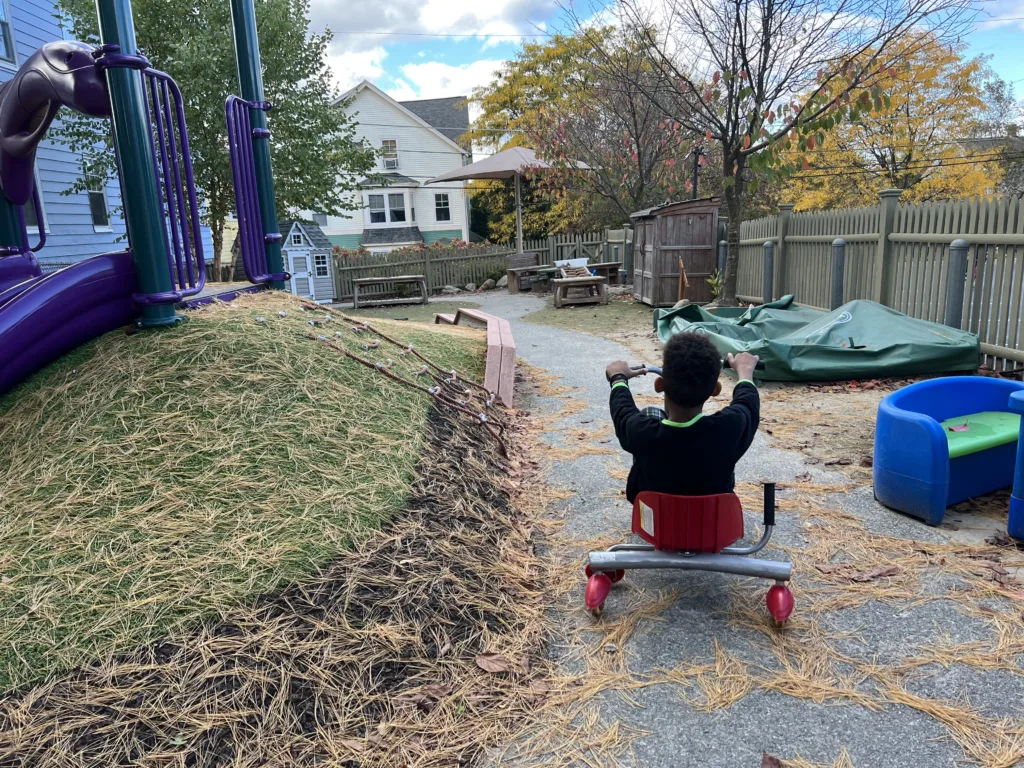Fall Maintenance Checklist for Child Care Facilities

Now that the weather is getting cooler, it is time to prepare for the change of seasons and ensure your facility is ready for the winter. Regular maintenance and winterization extends the life of equipment and facilities while helping recognize and address problems before they occur. Maintenance items like the ones below seem simple, but avoiding them can have a significant impact on maintenance costs in the long term.
Clean Roof and Gutters of Leaves – Preventing buildup of leaves and debris from the roof and gutter ensures water and melting snow have a clear path to drain. Ensure all downspouts are securely connected and run away from where the children play.
Change Heating Ventilation, and Air Conditioning (HVAC) Filter and Clean Vents – As the temperature outside drops, it is important to ensure your air filter has been replaced recently and that vents are clean and clear.
Check All Smoke and Carbon Monoxide (CO) Detectors – Check batteries and expiration dates. Yes, your detectors do expire! Typically, smoke detectors last about ten years and CO detectors for about six.
Aerate Your Lawn – The fall is the best time of year to open up the soil, allowing air, nutrients, and water to enter. (It is recommended that your lawn be aerated once or twice a year to maintain a healthy lawn).
Store Shade Structures – If you have not done so already, remove and store your canopies for the winter. Shade canopies are not designed to hold snow and risk damage or collapse in the winter.
Inspect Windows and Doorways – Seal any cracks and gaps in windows and doors with caulk or weather stripping; replace if necessary.
Drain and Winterize Exterior Plumbing – Prepare your outdoor plumbing for freezing temperatures to prevent damage over the winter. Disconnect and store hoses for the season.
Address Any Surfaces that Will Collect Ice/Water – Take a walk around your outdoor play area (especially after rainfall) and look for puddles, cracks, or dips. Any place that collects water will freeze and turn to ice in the winter. Try to address or fill any areas of concern before they become a slippery risk.
Also in this Issue:
VIEW FULL NEWSLETTER HERE: October 2023 eNews
